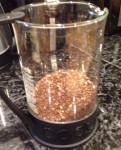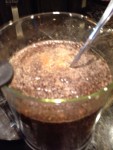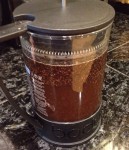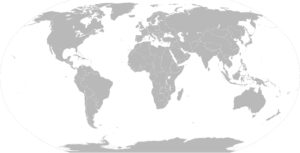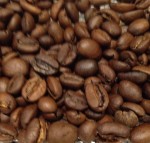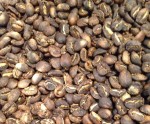Coffee Production and Consumption Impact on NanoRoast and You
I love sifting through data to gain enlightenment (who doesn’t?) I finally got around to reading the latest USDA coffee import/export report, and it explains a lot about the factors affecting the specialty grade coffee NanoRoast sells. Here are a few nuggets you might find interesting:
1. World production barely moved the needle at all, while the size of the market increased. The table of domestic consumption includes many more countries than it did ten years ago. While it doesn’t appear that any are drinking mega-factors more than they did some five years ago, the picture for ten years ago is jaw-dropping. Countries like Russia, China, Japan and Korea drank very little of the specialty class of coffee ten years ago, and now they are major players. The list of buyers for Cup of Excellence competition lots shows this change year over year. We’ll look at that in detail in another post. Why the slowdown in consumption growth? Bottom line: More people drinking coffee, and more people wanting to drink the good stuff and willing to pay for it at the same time that the supply has decreased in the specialty market (due to weather, rust disease, war, volcano misbehavior, etc.)
2. Climate change is affecting coffee growers around the world. Some traditional coffee-producing countries are finding the conditions amenable to really top quality coffee eroding as droughts and temperatures increase. In short, the optimal coffee-growing areas are moving up the mountain where there is less acreage to farm.
3. Is there any good news for coffee lovers? One factor in the report that bodes well for coffee drinkers everywhere is that the production of Robusta isn’t growing nearly as fast as Arabica. As farmers everywhere begin to realize higher prices for their higher-quality product, there may be more effort to produce the kind of quality coffee we actually want to drink. At the same time, small farmers are starting to get better prices for their high-quality coffee crops, helping them improve life for themselves and their kids world-wide. That’s really good news.
Enjoy the Blessing of Really Good Coffee!
s

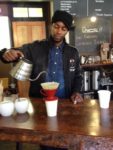 My friend Stan gets it.
My friend Stan gets it.